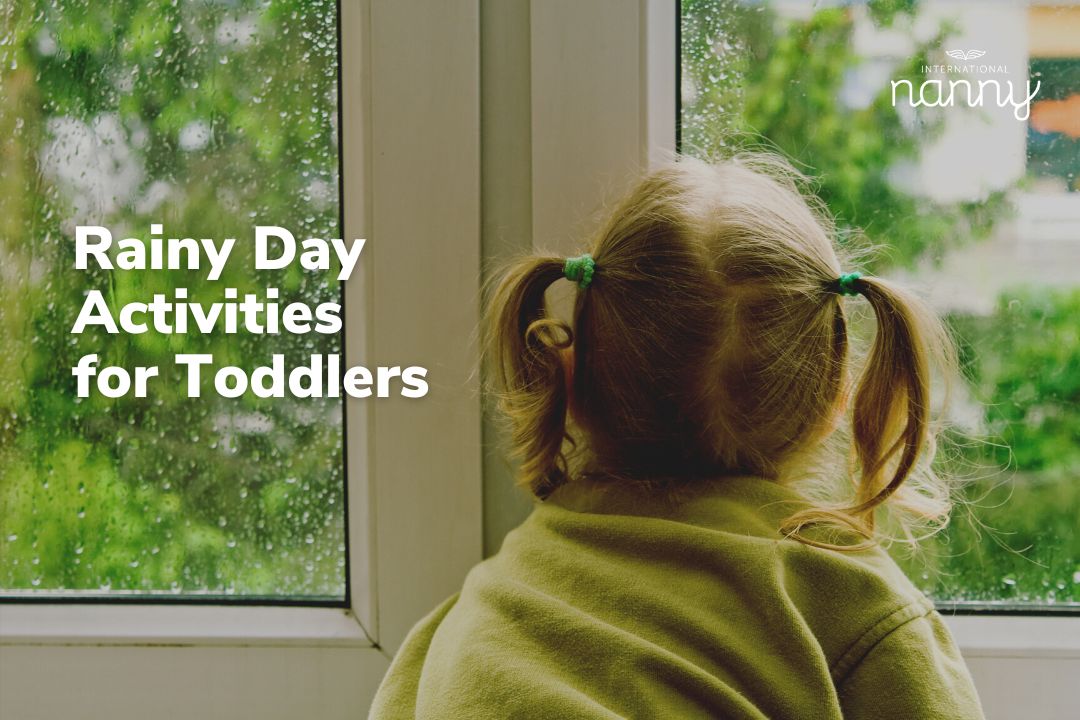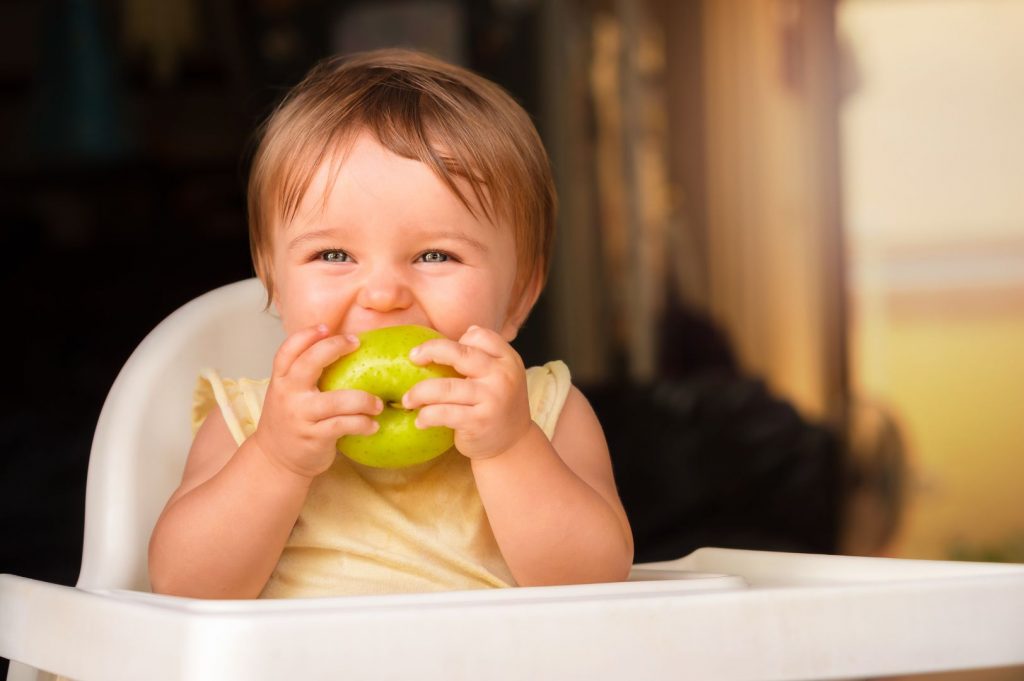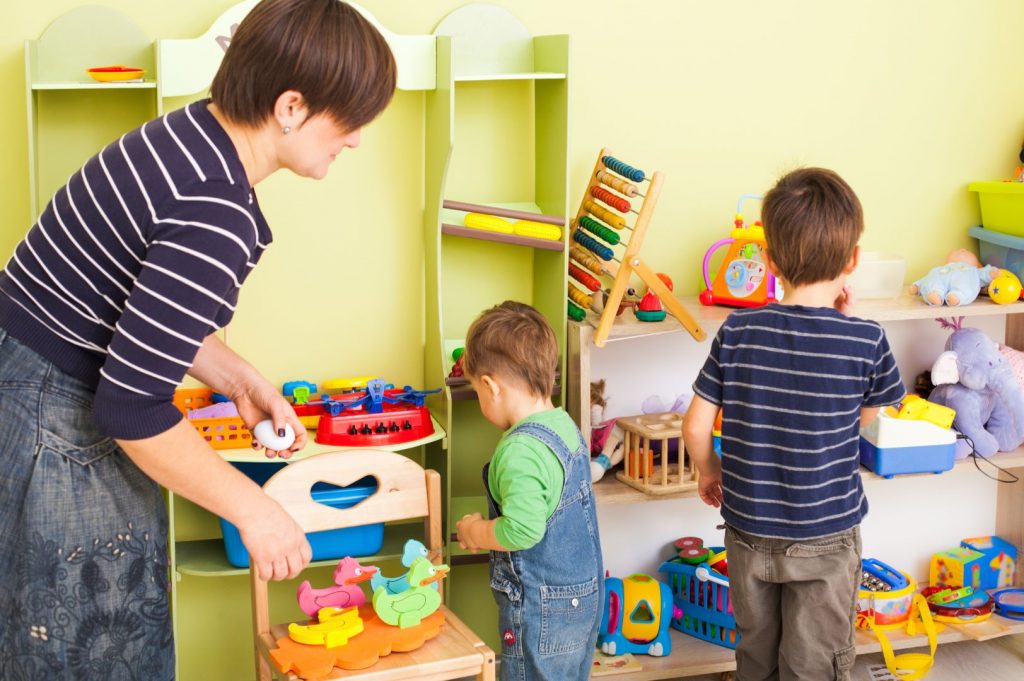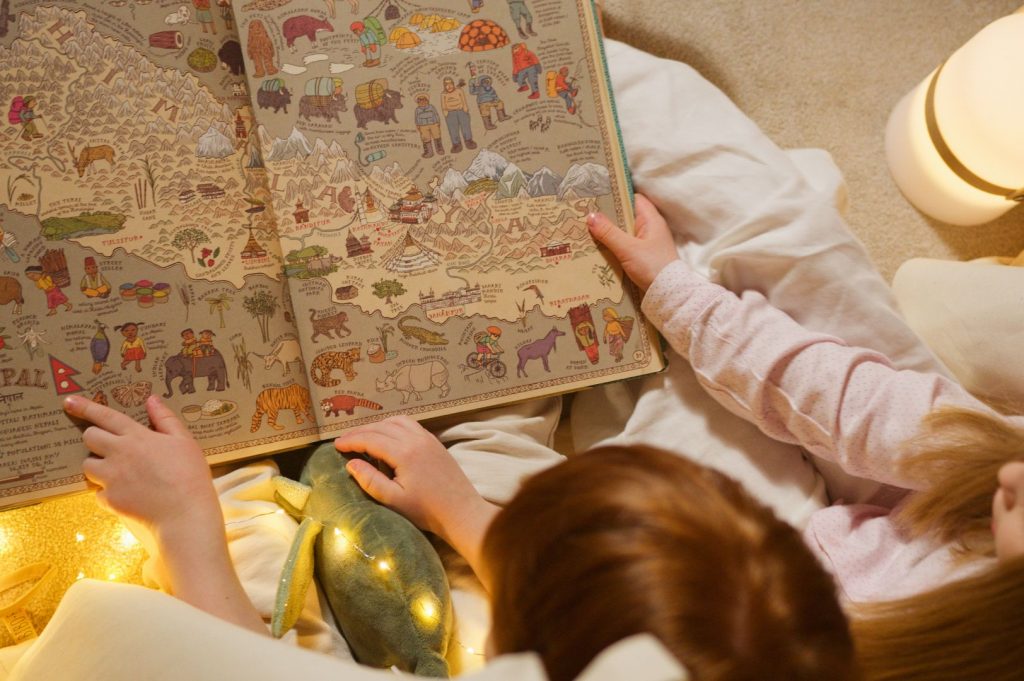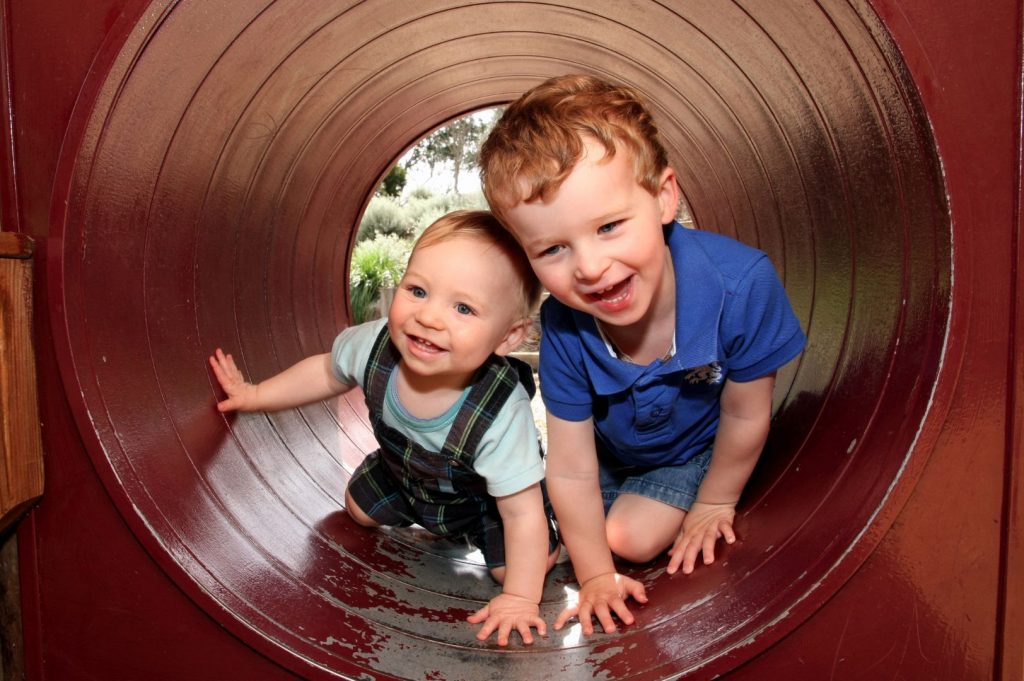Rainy days can be a challenge for nannies when caring for toddlers. This is because going outside for play and exploration is not always an option. However, there are wide varieties of fun and interactive activities that nannies can engage toddlers in, that are both entertaining and educational. In this blog post, we will explore a handful of indoor activities that nannies can do with toddlers on rainy days.

Sensory Play
Sensory play involves engaging toddlers through all five senses-sight, smell, touch, hearing, and taste. You can create a sensory bin with different materials such as dry pasta, rice, beans, pom-poms, foam blocks, and many more. Try hiding small objects in the bin for toddlers to find, such as letters or hidden foam shapes. This activity assists with their motor skills and develops their cognitive thinking abilities, as they explore concepts such as object permanence.
Imaginative Play
Imaginative play is any type of role-playing that encourages toddlers to use their creativity and imagination. Set up a play station with dress-up clothes, toy utensils, and an area that may resemble a kitchen or a doctor’s office. Allow toddlers to have free play with these items, or make it more structured with an interactive game of “pretend”.
Arts and Crafts
Arts and crafts are activities that children of all ages love. Allow toddlers to explore their creativity by providing an array of art supplies such as paint, crayons, markers, and coloured pencils. Create fun little crafts they can give to their parents or friends such as handprint art, fingerprint painting or sponge paint.
Music and Movement
Music and movement is an activity that toddlers love. You can set up a dance area where they can dance to their favourite songs. Play songs that require movement such as “Head, Shoulders, Knees, and Toes” and “If You’re Happy and You Know It”. If you don’t have speakers or music, you can just sing together, encouraging children’s speech and language development.
Story time
Story time is a perfect indoor activity for toddlers whether it’s raining or not. It is essential for toddlers to recognize words and learn how to read. You can make this activity interactive by asking questions and engaging their mind through your storytelling. Encourage toddlers to ask questions and retell the story in their own words.
Indoor Obstacle Course
You can set up a small obstacle course area within the home. Make use of the furniture and create a pretend tunnel using chairs or maybe make a den. Allowing toddlers to practise crawling, jumping, and other motor skills while having fun is a fantastic way to support their physical development.
Make-believe Cooking
Toddlers love pretend cooking, so nannies can encourage toddlers to make their meals with toy food, utensils, and pots. You can even print colour pictures of various food items and ask them to match each toy food to the right image. This activity builds hand strength and develops cognitive thinking abilities.
Board Games
There are various board games suitable for toddlers that can be an interactive indoor activity on a rainy day. Some of the available board games include Candy Land, Snakes and Ladders, Matching games, Jenga and Bingo. Some of the benefits of board games include building social skills and strengthening cognitive thinking abilities.
Puzzles
Puzzles are excellent for developing cognitive skills in toddlers. Choose puzzles with large, colourful pieces and images toddlers are familiar with. You can have toddlers try to complete puzzles independently, with guidance, or collaboratively with a friend or family member.
If you’d like more great ideas about how to teach children through play, then enrol in our Integrating Education into Childcare course, which is filled with practical ideas for nannies to use in their day-to-day role when working with children. It also explores the underpinning theories that are the basis for different ways young children learn and develop. Learn to be a better nanny and help your charges succeed and grow their minds during these all-important early years by visiting us at www.international-nanny.institute.


